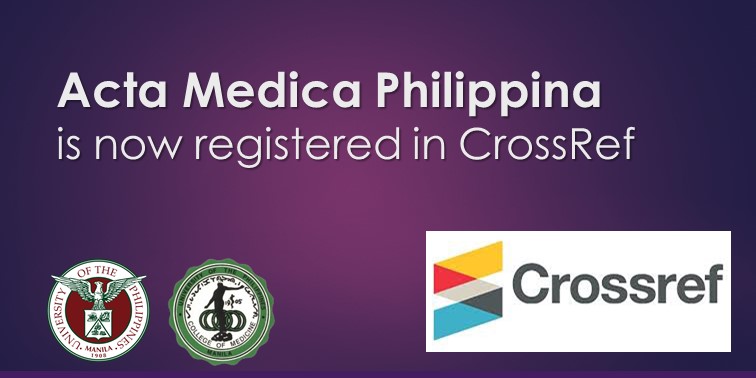Genomic Variant Surveillance of SARS-CoV-2 Positive Specimens Using a Direct PCR Product Sequencing Surveillance (DPPSS) Method
DOI:
https://doi.org/10.47895/amp.vi0.11332Keywords:
SARS-CoV-2, Polymerase Chain Reaction (PCR), oligonucleotide primers, genomic surveillance, Omicron variant, B.1.448 lineageAbstract
Background and Objective. Severe acute respiratory syndrome coronavirus 2 (SARS-CoV-2) as the causative agent of COVID-19 has significantly challenged the public health landscape in late 2019. After almost 3 years of the first ever SARS-CoV-2 case, the World Health Organization (WHO) declared the end of this global health emergency in May 2023. Although, despite the subsequent drop of COVID-19 cases, the SARS-CoV-2 infection still exhibited multiple waves of infection, primarily attributed to the appearance of new variants. Five of these variants have been classified as Variants of Concern (VOC): Alpha, Beta, Gamma, Delta, and the most recent, Omicron. Therefore, the development of methods for the timely and accurate detection of viral variants remains fundamental, ensuring an ongoing and effective response to the disease. This study aims to evaluate the feasibility of the application of an in-house approach in genomic surveillance for the detection of SARS-CoV-2 variants using in silico designed primers.
Methods. The primers used for the study were particularly designed based on conserved regions of certain genes in the virus, targeting distinct mutations found in known variants of SARS-CoV-2. Viral RNA extracts from nasopharyngeal samples (n=14) were subjected to quantitative and qualitative tests (Nanodrop and AGE). Selected samples were then analyzed by RT-PCR and amplicons were submitted for sequencing. Sequence alignment analysis was carried out to identify the prevailing COVID-19 variant present in the sample population.
Results. The study findings demonstrated that the in-house method was able to successfully amplify conserved sequences (spike, envelope, membrane, ORF1ab) and enabled identification of the circulating SARS-CoV-2 variant among the samples. Majority of the samples were identified as Omicron variant. Three out of four designed primers effectively bound into the conserved sequence of target genes present in the sample, revealing the specific SARSCoV-2 variant. The detected mutations characterized for Omicron found in the identified lineages included K417N, S477N, and P681H which were also identified as mutations of interest. Furthermore, identification of the B.1.448 lineage which was not classified in any known variant also provided the potential of the developed in-house method in detecting unknown variants of COVID-19.
Conclusion. Among the five VOCs, Omicron is the most prevalent and dominant variant. The in-house direct PCR product sequencing surveillance (DPPSS) method provided an alternative platform for SAR-CoV-2 variant analysis which is accessible and affordable than the conventional diagnostic surveillance methods and the whole genome sequencing. Further evaluation and improvements on the oligonucleotide primers may offer significant contribution to the development of a specific and direct PCRbased detection of new emerging COVID-19 variants.
Downloads
Published
Issue
Section
License
Copyright (c) 2025 Acta Medica Philippina

This work is licensed under a Creative Commons Attribution-NonCommercial-NoDerivatives 4.0 International License.




.jpg)



